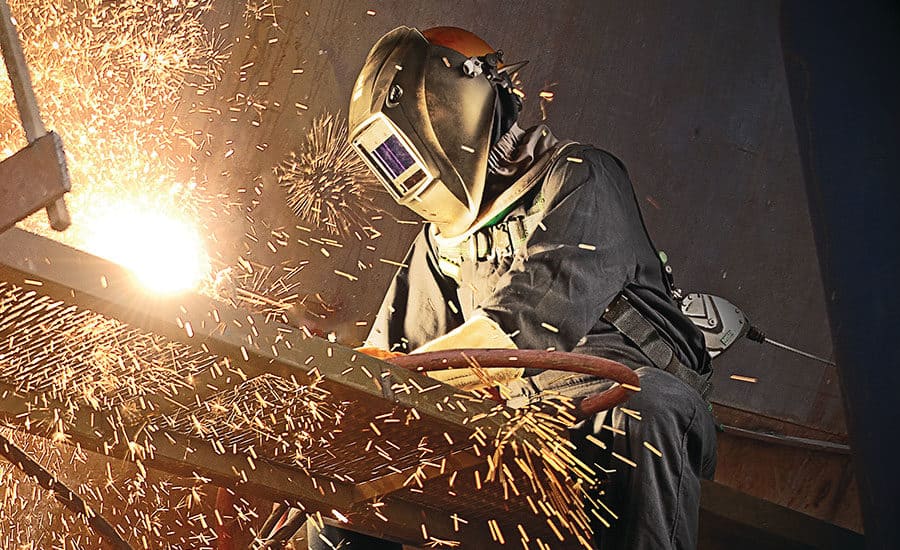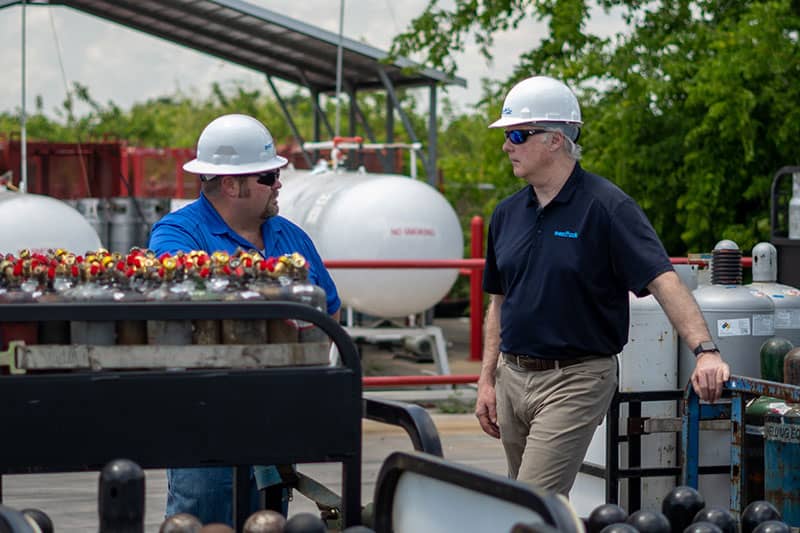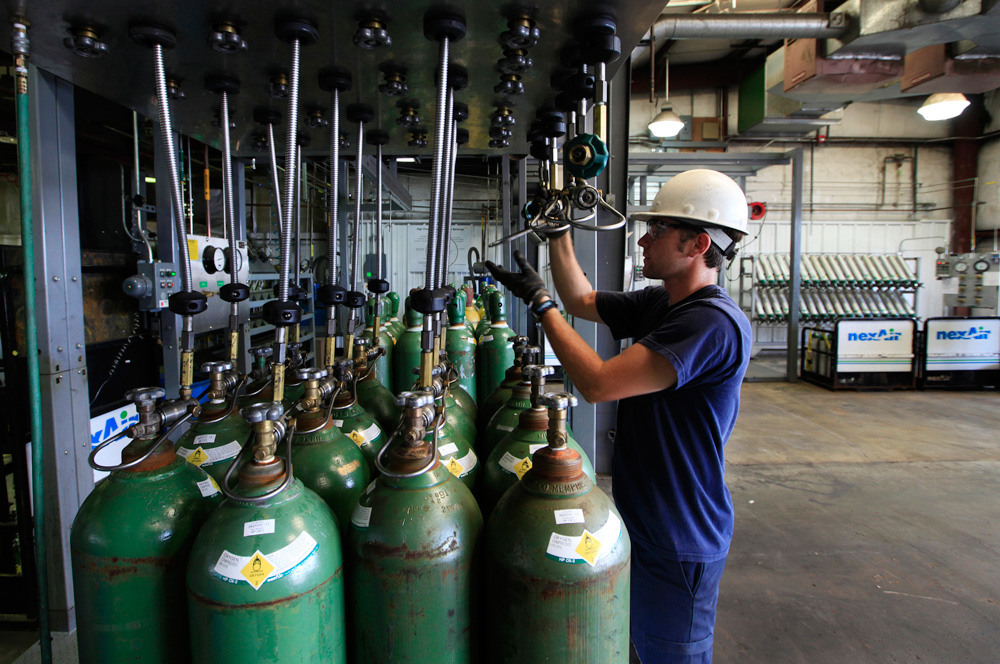MIG Welding and It’s Best Friend: Shielding Gases
MIG Welding and It’s Best Friend: Shielding Gases
Tackling that MIG welding job takes far more than just choosing the right welder, safety equipment, filler metal, and knowing the materials you will be welding together. If this is a job that is not suited for flux core wire, you will be faced with having to choose the right gas for shielding the weld puddle. Without that, you could be finding yourself laying down a bead that maybe compromised. Before you strike that arc, here are a few things we would like you to know.
Why Shielding Gas?
Protecting the weld puddle from reactive elements in the air, such as oxygen, nitrogen and hydrogen, is key. If not, you risk contamination of the weld. That can cause excess spatter while welding, which would need to be cleaned up on the job, requiring more time and grinding to eliminate the spatter. Additionally, you run a real risk of possible porosity on the weld which will compromise the weld joint. The need for inert gases that won’t react with the weld puddle and protects it from other reactive gases will come down to job you are doing, your materials that you are welding, and how you want the finished product to end up.
Shielding Gas Choices
Argon: When used in a 75%/25% mix with carbon dioxide is a go to mix when you are looking for a great, all around shielding gas for MIG. On thinner materials, it is known not promote burn-through the material. It also is known for helping to produce better appearing welding beads in the joint, and helps to reduce unnecessary spatter while in process, reducing clean up and after process grinding.
Carbon Dioxide: This is an affordable option when choosing a shielding gas. It is also one of the inert gases that will not need another gas mixed in for it to serve your purposes. It has been the choice of welders that want deep penetration into the material while welding. It will create more spatter than argon will, so this gas is typically used where it may not call for the best appearing bead or where spatter may not matter as much.
Helium: This gas is more typically used in non-ferrous metal welding applications. It is also used in welding stainless steel and thicker metals as helium will help with deep penetration of the weld bead into the joint. Helium is more likely used in mixes with argon (depending upon the mixture and materials to be welded) and is known to be helpful in reducing oxidation in the weld with arrange of materials including aluminum, copper alloys, magnesium, and stainless steel.
Oxygen: This is a reactive gas, yet its use in when it is mixed with other gases in low amounts (up to 9% depending upon application), it can aid in creating less arc spatter, good arc stability, and penetration in mild carbon steel, stainless, and low alloy materials. Oxygen will cause more fluidity in the weld puddle, so be sure to choose this for stable flat welds as your puddle may move the way you do not want.
Will your next project or on site job be using MIG welding to achieve what you need? Make the smart and easy choice and rely on the collective KnowHowTM of the team of nexAir professionals to help you make the best choice in the right gas or mix for your MIG welding needs.
Looking out for your future
Get your career going on the right track with nexAir
Industry Knowledge and Expertise
Find out how nexAir KnowHow has impacted businesses all over the Southeast
nexAir in the news
Our expertise makes us more than a valuable partner, it makes us headlines
nexAir is always open!
Don't see what you're looking for?
Everything we offer is a click away and it will arrive before you know it.


